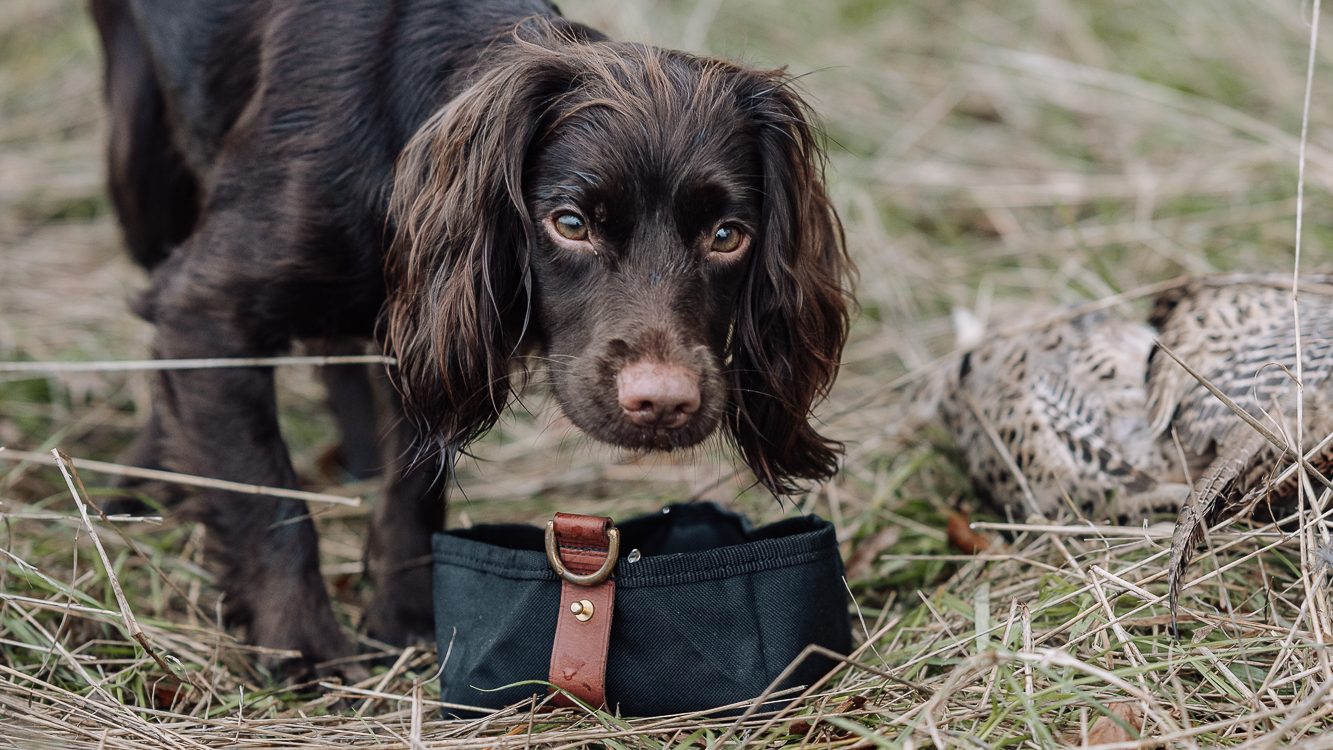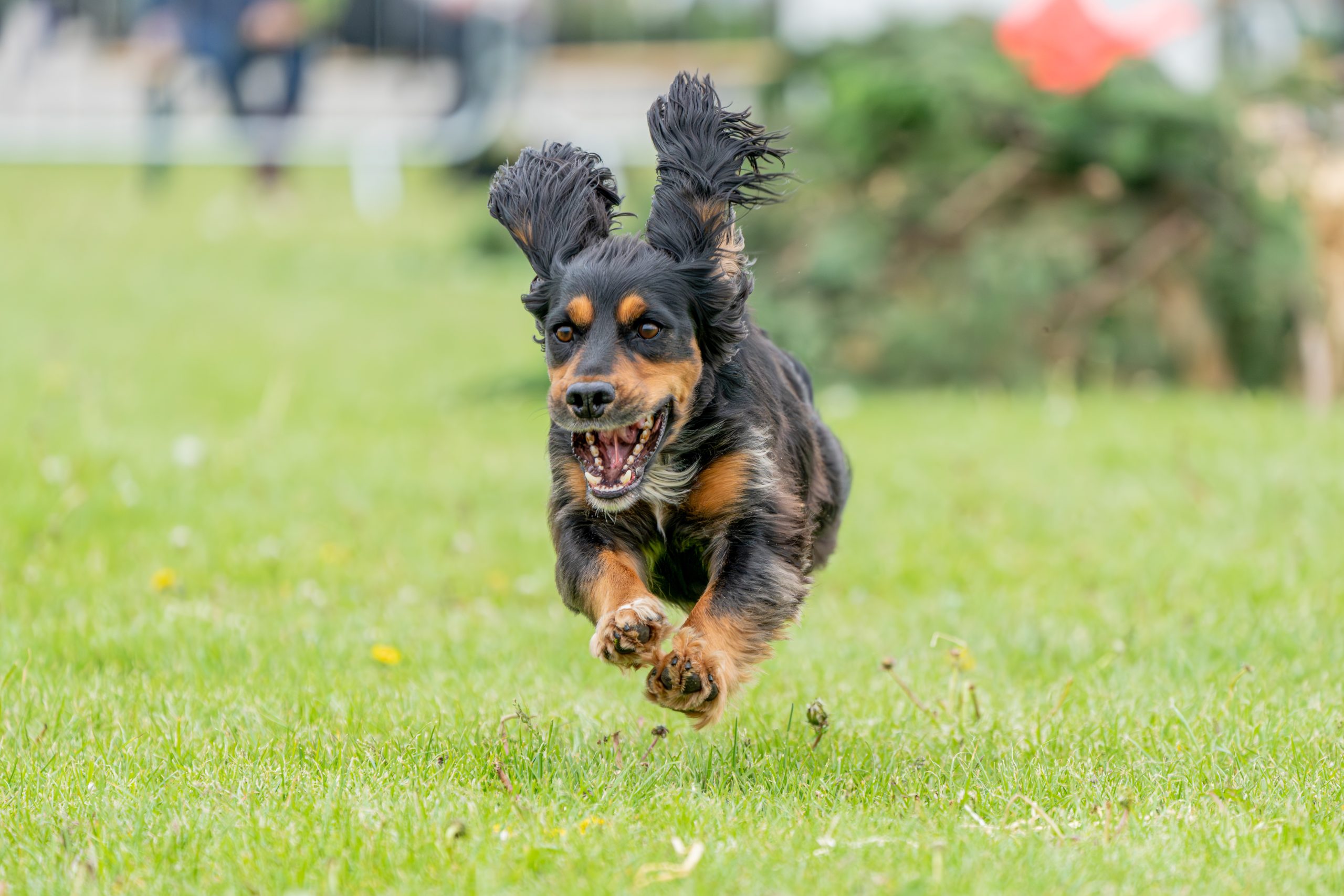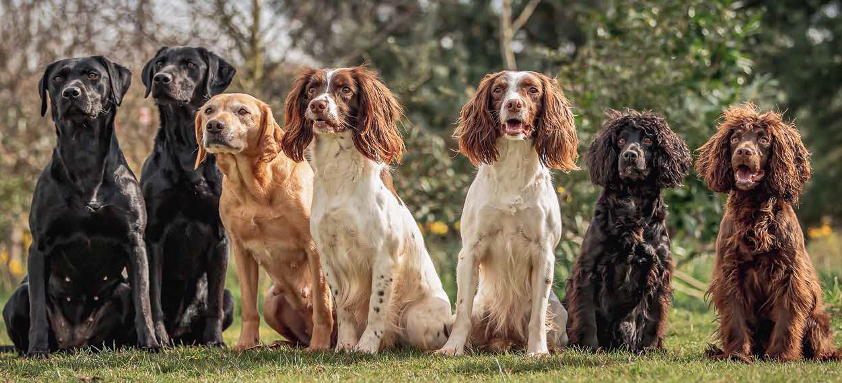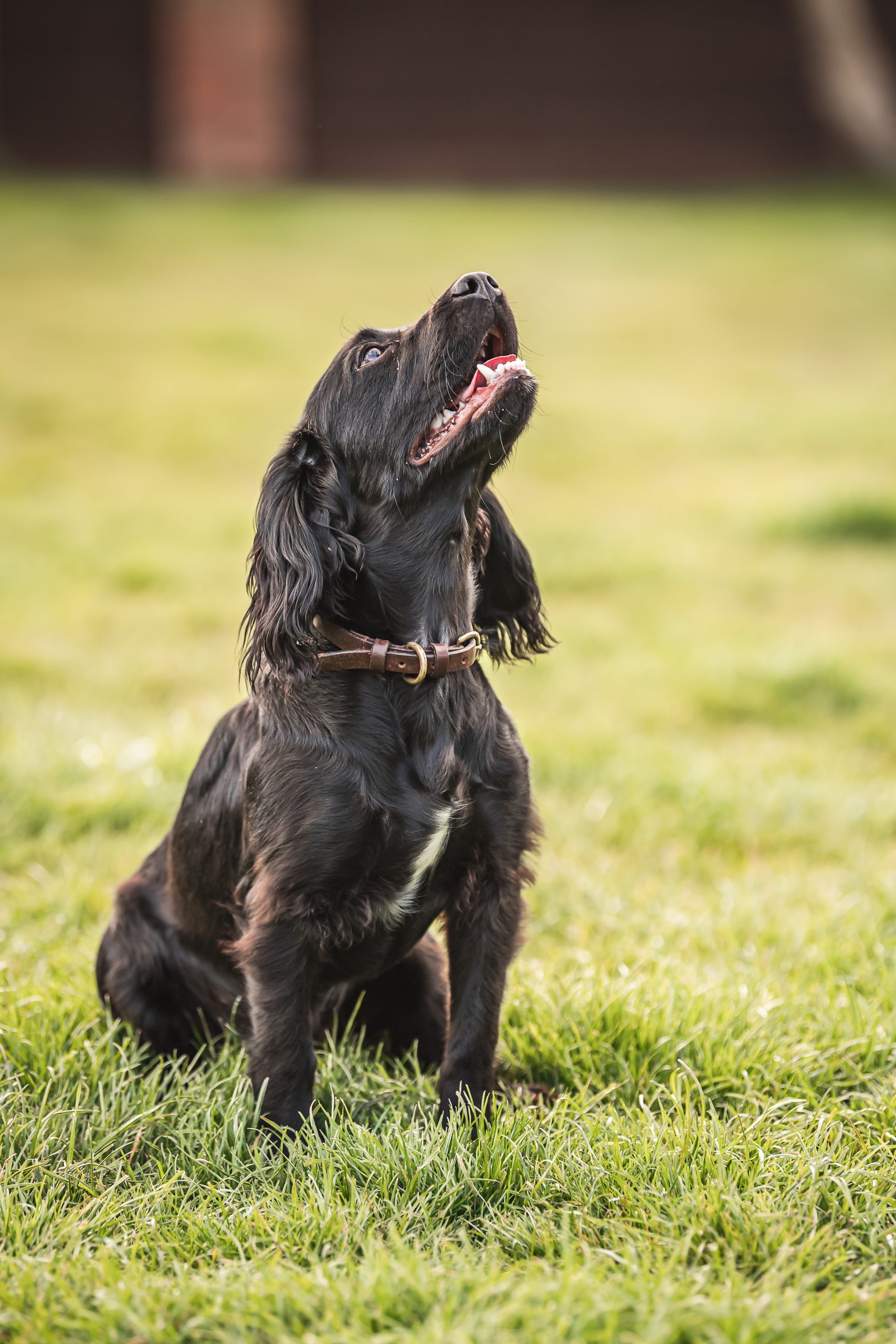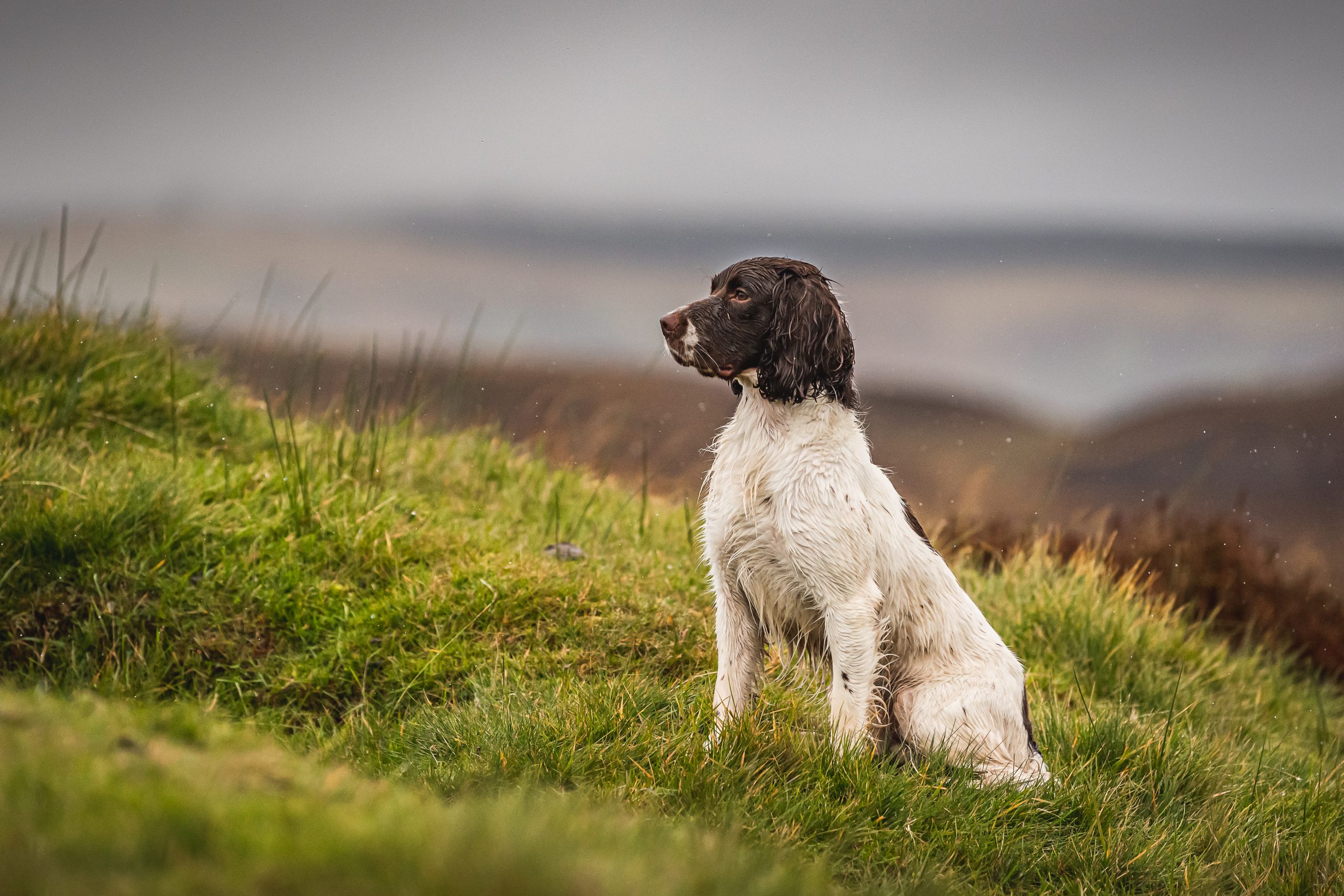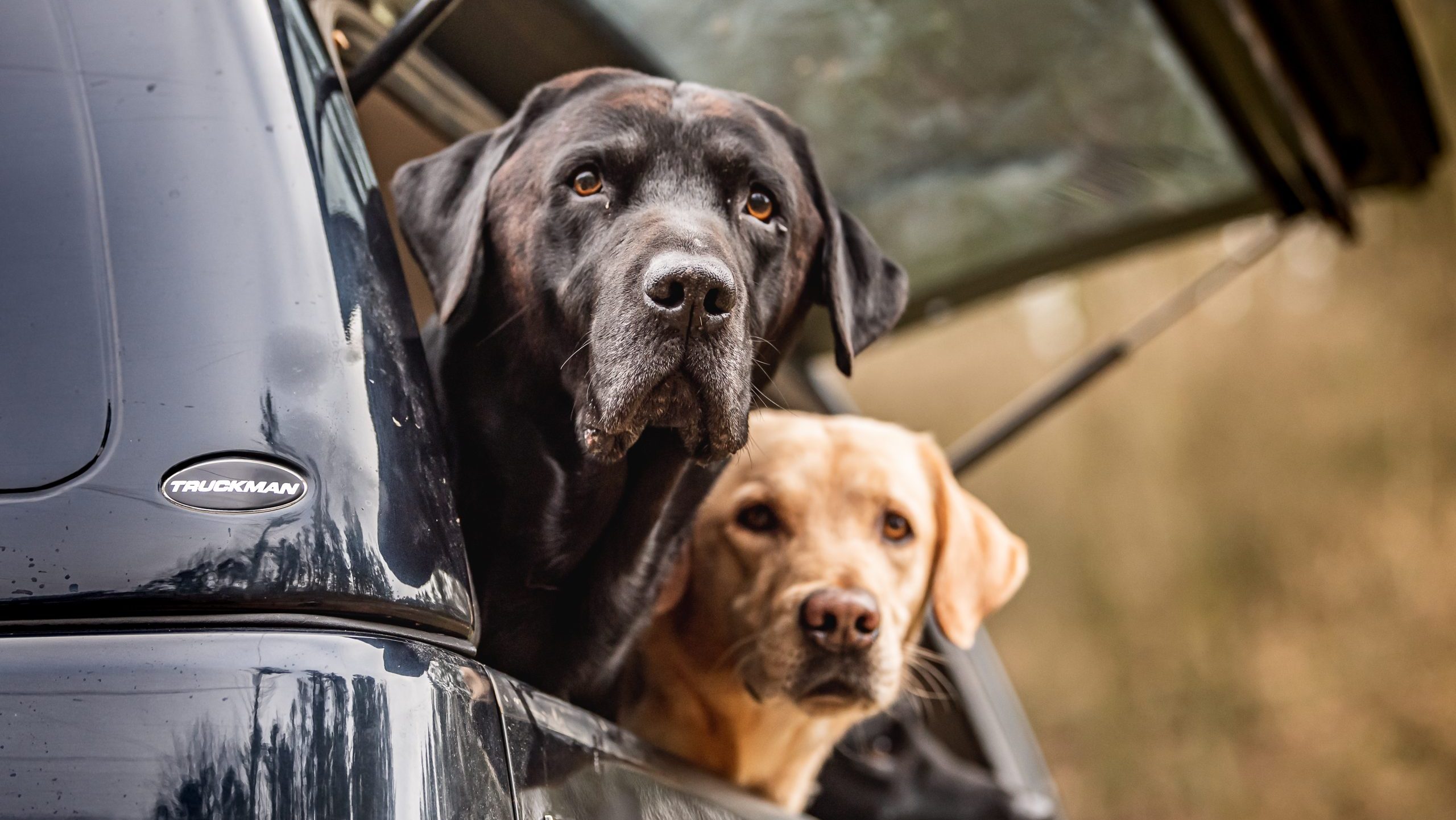Training
Top 10 tips for picking-up
Michelle Oseman picks-up four or five days a week in the Cotswolds and here she shares some of her well-earned wisdom.
Would you like to appear on our site? We offer sponsored articles and advertising to put you in front of our readers. Find out more.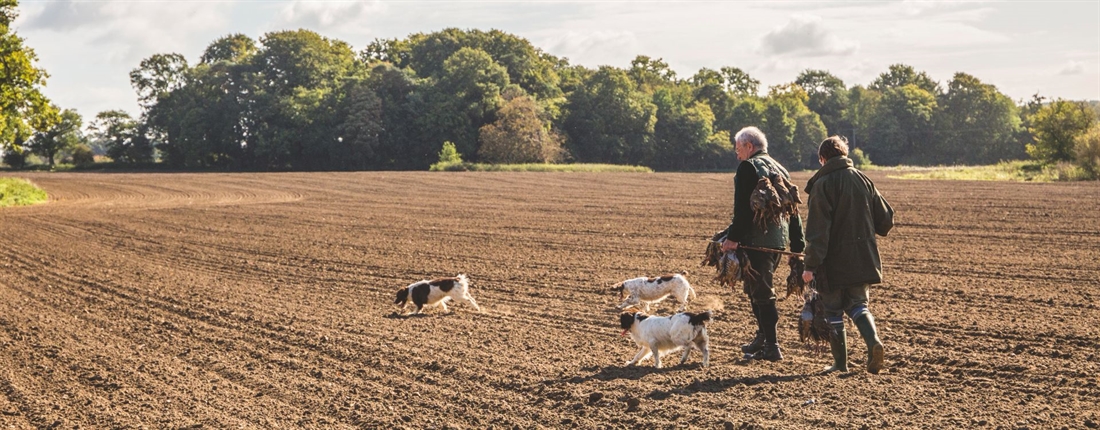
1 IT’S A TEAM GAME
Shooting requires many elements to produce a successful day. Keepers manage the shoot, beaters make the birds fly on the day, Guns shoot the birds, hosts run the day smoothly and safely and pickers-up ensure all shot game is retrieved and any injured birds are dispatched quickly and humanely. No one part of this team is more or less important than any of the others, so support your team mates!
2 KNOW THE SHOOT
It is important to understand the layout of the shoot ground. How do the drives interlink? How do the weather conditions on the day affect where and how the birds fly? It is also important to know where you can drive, walk and pick. The keeper won’t be happy if you start unloading your dogs in the middle of his next drive. Learn where other pickers-up stand on the drives. We all know George starts picking-up from the wood through to the Gun line but where in that wood does he go? I would also definitely advise all pickers-up to go beating for a few days. This will help you gain an understanding of the layout of the ground and knowing what goes on in the beating line can only be a bonus.
3 PRIDE BEFORE A FALL
Don’t be afraid to ask questions of others on the shoot. It’s better to check than get anything wrong. Don’t forget to maintain your dog’s training during the off-season. If you have any doubts about the steadiness of your dog during a drive, keep it on a lead. Nobody wants to hear the keeper on the radio asking who the black cocker running through the Gun line belongs to, especially if you’re the only one with a black cocker out that day. Take the opportunity to train with others. You will be working as a team on a shoot so why not practice with other handlers to get your dogs ready for the upcoming season?
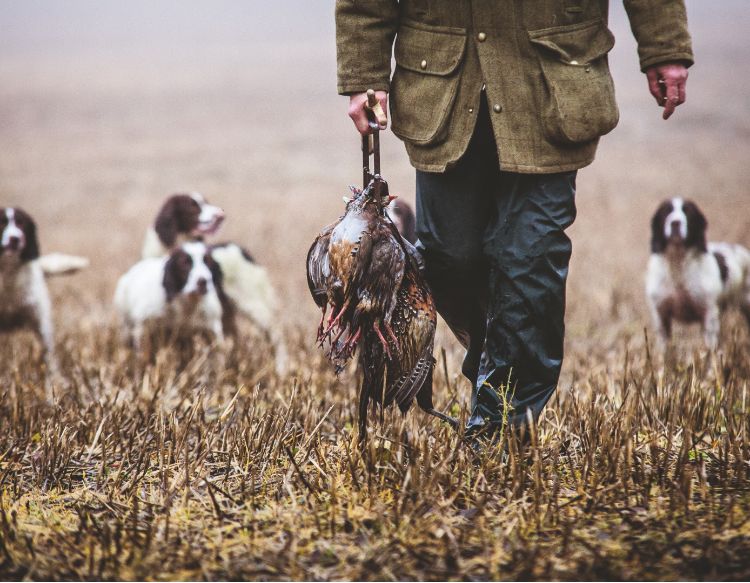
4 WOUNDED GAME
One of our main priorities as pickers-up is to swiftly retrieve and dispatch wounded birds. Check with the keeper or head picker-up on the etiquette for picking wounded game on the day.
Only send your dog for a runner if you are confident that he will successfully retrieve the bird and deliver it straight back to you.
If your shoot uses radios (and I highly recommend it), call any wounded birds you see to other pickers-up. They may be in a better position to safely retrieve.
5 CHECK YOUR DOGS
When a dog is in full work mode they seem to be oblivious to pain. Quickly check your dogs after every drive so any injury can be dealt with immediately.
When you’ve finished for the day and head home, give your dogs a good wash down and thorough health check. A smallish barbed wire gash that goes unnoticed and uncleaned could very quickly develop into a much bigger problem.
No matter how wonderful dinner smells as you walk by the kitchen, you owe it to your dog to tend to them first. They are the tools of your trade. No dogs, no picking-up.
6 MARK THE BIRDS
It’s important to mark the shot birds, especially any injured game. On big shoot days there can be a lot of birds over the Guns at any one time. If the whole of the picking-up team are watching, you’ll stand a better chance of marking birds as they are shot. Discuss what area you’ll be watching before a drive starts.
No dead bird is going to run so keep your eyes focused on those potential runners. Teamwork is important here. If they do run, there’s every chance they will run towards another team member so communication is key.
7 TODAY’S INSTRUCTIONS
One of the things I love about the sport is that every shoot day is different. The keeper may have specific instructions for the pickingup team due to the Guns that day, weather conditions or even something as simple as requests from landowners. You may be asked to stand somewhere different because the wind is pushing the birds to the other end of a drive or livestock have been moved so gates now need to be closed.
8 LEARN FROM AN OLD HAND
Every shoot has a Bob, George or Mary that has been part of the furniture for many years. They are a source of incredibly useful information so try to use it. If you’re someone looking to get into pickingup or an experienced picker-up working on a new shoot, try to get a day out beforehand with one of the experienced members of the team. Don’t take a dog, just go along to watch, listen and learn. They’ll have plenty of stories to tell you!
9 ETIQUETTE AND GUNS
The Guns have paid for the experience of a day’s shooting and should be viewed as our clients. If they want to work their dogs, etiquette dictates you hold your dogs back from picking-up until they have finished picking their birds. This is another case of the rules changing day by day so you should ensure you know what the etiquette is on the day. Usually, Guns are watching what they’ve personally shot. They may inform you of a bird that’s landed 100 yards back over the hedge. Your duty is to try to retrieve that bird unless you know it’s already been picked or the area is currently being worked by one of your colleagues. It goes without saying that you should be professional in every interaction with the Guns.
10 EQUIPMENT
Good equipment need not cost a fortune but the right tool for the job will help you enjoy your day. Some of the things you may want to consider are:
• A suitable vehicle, although some shoots provide vehicles for your use on a shoot day.
• Game carrier or bag
• Radio. Personally, I like all pickersup on a shoot day to have a radio to help with communication and safety.
• Priest or humane dispatcher
• Appropriate clothing and footwear are important. Nobody enjoys being wet and/or cold.
• Whistle and lead. Use the whistle to handle your dog and I’d advise ALWAYS have a lead to hand, even if you don’t usually carry one.
• Canine first aid kit. Many an injury has been lessened by administering basic first aid as soon as an accident occurs. We ask a lot of our dogs on challenging grounds – injuries will happen.
• Water and quick snacks for both yourself and your dogs – it’s thirsty work for all of us.

Related articles
Training
Patience is a virtue
It’s a skill that is often overlooked in training, but which is vital for all gundogs. Ben Randall explains how to capitalise on some everyday opportunities to practice it, now that spring is here.
By Time Well Spent
Training
The theory of puppy training
When you collect your puppy – and at every stage thereafter – you’ll need a safe and secure form of transportation. Here are four high-quality options to suit all requirements.
By Time Well Spent
Get the latest news delivered direct to your door
Subscribe to Gundog Journal
Unlock the full potential of your working dog with a subscription to Gundog Journal, the UK’s only dedicated magazine for gundog enthusiasts. Published bi-monthly, this authoritative resource delivers expert training advice, in-depth interviews with top trainers and veterinary guidance to help you nurture a stronger bond with your dog.
Whether you’re a professional handler, breeder, or simply passionate about gundogs, each issue offers a wealth of knowledge on breeds like labradors, spaniels and vizslas. Subscribers gain access to topical articles, real-life stories and exclusive offers from trusted brands.
With stunning photography and thought-provoking content, Gundog Journal is your essential guide to understanding, training and celebrating these remarkable working breeds.


Manage Consent
To provide the best experiences, we use technologies like cookies to store and/or access device information. Consenting to these technologies will allow us to process data such as browsing behavior or unique IDs on this site. Not consenting or withdrawing consent, may adversely affect certain features and functions.
Functional Always active
The technical storage or access is strictly necessary for the legitimate purpose of enabling the use of a specific service explicitly requested by the subscriber or user, or for the sole purpose of carrying out the transmission of a communication over an electronic communications network.
Preferences
The technical storage or access is necessary for the legitimate purpose of storing preferences that are not requested by the subscriber or user.
Statistics
The technical storage or access that is used exclusively for statistical purposes.
The technical storage or access that is used exclusively for anonymous statistical purposes. Without a subpoena, voluntary compliance on the part of your Internet Service Provider, or additional records from a third party, information stored or retrieved for this purpose alone cannot usually be used to identify you.
Marketing
The technical storage or access is required to create user profiles to send advertising, or to track the user on a website or across several websites for similar marketing purposes.

